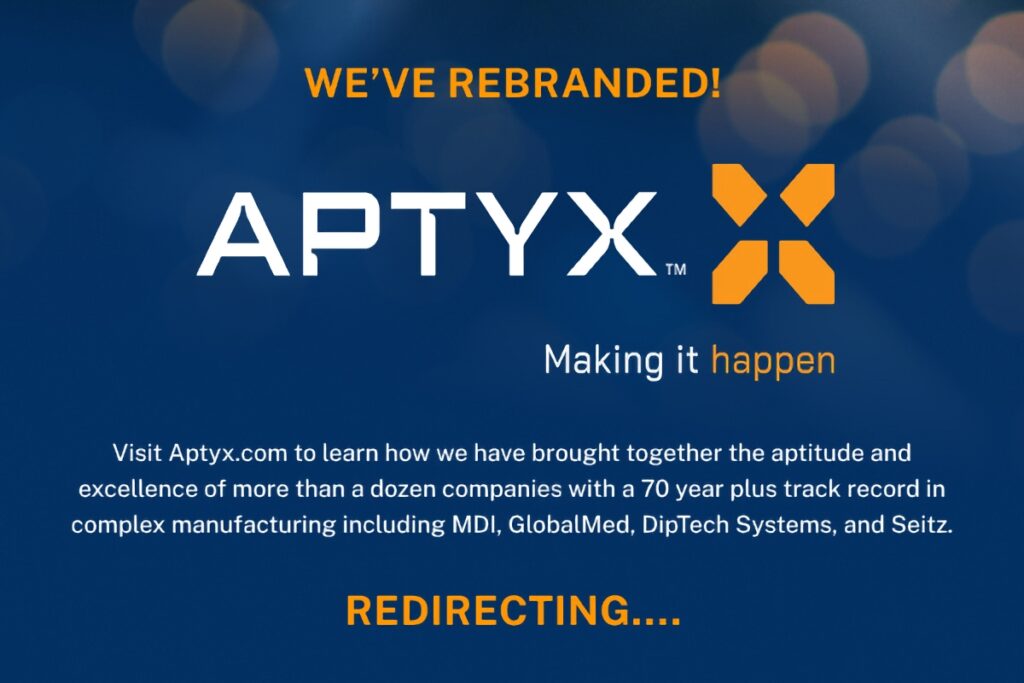The innovative medical industry environment continually sets the pace for OEMs and molders when it comes to designing, engineering, and manufacturing medical devices. The growing trend for smaller medical devices is setting the pace in 2016, requiring more capabilities and flexibility within the design and production processes. Specifically, let’s talk about how OEMs need to work with capable medical molders in order to meet this growing trend towards smaller medical devices.
An article published in Medical Device and Diagnostic Industry (MD+DI), “Smaller Devices Drive Big Changes in Medical Molding,” states:
“Miniaturization trends sweeping the medical device industry are leading medical molders to make big changes of their own—changes measured to the tenths of a millimeter.”
These trends are being driven by the medical industry’s need for implantable products and smaller medical devices to be used for innovative procedures and equipment. The smaller medical device requirements are being met by molders with modern molding equipment. According to the article:
“Unlike the manually operated equipment used 25-30 years ago, molders now employ PC-controlled molding systems that offer more control and greater efficiency, which helps molders deliver more consistency in their molding products.”
Yet, even with modern molding equipment, OEMs need molders that have comprehensive capabilities in design, engineering, and manufacturing. For instance, medical molders should have clean room environments, custom medical molding ability, machining technology with higher RPMs on the spindles, the ability to design and engineer medical devices, rubber seal molding ability, and the flexibility in their processes to make necessary changes.
Parts Are Getting Too Small
Molders that have the ability to work with OEMs throughout the design and engineering process are sought at a premium. According to the article:
“…it’s common for OEMs to present molders with medical device designs that are not moldable or manufacturable. As parts get smaller, the physical and material limitations of molding these parts increases. In such instances, OEMs and molders typically collaborate to redesign the part. If an OEM approaches its supplier before it’s locked into something that cannot be changed, the molder can usually suggest modifications to make a part moldable or manufacturable…”
The relationship between the OEM and the molder needs to include solid communication channels and a unified understanding of the materials and design needed. The earlier this collaborative process starts, the better; molders benefit from more information about what OEMs need and what the part is being used for.
This information helps molders design and manufacture the products within relevant regulatory requirements. The right materials, processes, and designs all have to be in place, with a collaborative understanding between the OEM and molder, in order for optimal results to occur.
What Can Be Done
Basically, OEMs will benefit when working with molders that have comprehensive design, engineering, and manufacturing capabilities. The growing trend for the medical industry is the need for smaller medical devices, and this is setting the pace for OEMs and molders in their efforts to meet this demand.
The good news for OEMs is Molded Devices, Inc. has the comprehensive design, engineering, and manufacturing capabilities needed to meet this miniature medical device demand. Since 1963, we’ve been perfecting our plastics and rubber processing solutions to include injection molding, dip molding and coating, blow molding, extrusion, clean room molding and assembly, product design and development, and world-class engineering.
Specializing in medical device/clean room molding and assembly and offering world-class design and engineering, we’ve been keeping pace with the innovative medical industry. Our modern, sophisticated equipment and talented designers and engineers can meet the miniature medical device demand, and our seven locations throughout the United States help simplify the logistics. To learn more, please contact us today.


Recent Comments